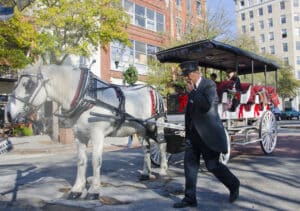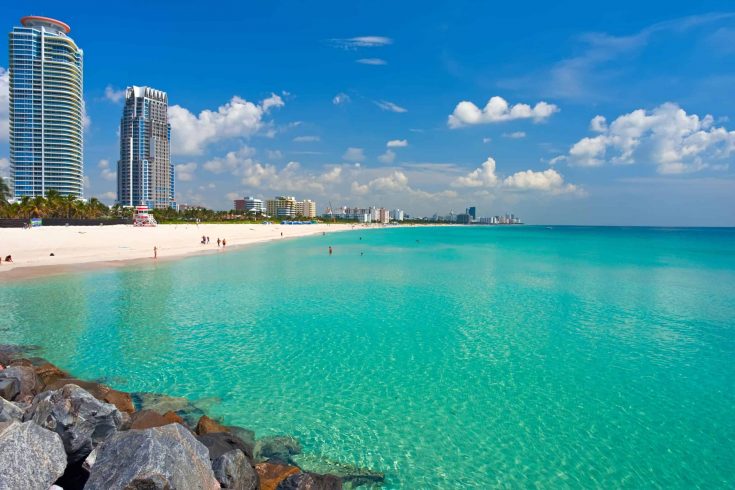
WADE IN THE WATER: The Peter Mowell, A Slave Ship
The Pompey Museum of Slavery & Emancipation is located in the historic Vendue House, an original public building on Bay Street, dates back to the 1760’s. A pair of Corinthian columns flank the doorway to the house. The building has been used as a market from which commodities were sold – including humans. It has also been home to the telegraph and telephone department, and later the electricity department.
In recent years it was converted into the Pompey Museum of Slavery & Emancipation. The museum is named for Pompey, a slave who led a revolt against unfair condition on the Rolle Plantation on the island of Exuma, and is dedicated to the study of slavery.
When you first enter the building, it feels as if you have been transported back several centuries – and if you close your eyes and listen, you can almost hear the voice of the auctioneer as he begins the slave auction, and imperceptibly, your nose wrinkles up at the imagined smell of hot, sweaty human flesh waiting their turn on the auctioneer’s block.
The day we visited the primary exhibit was “Wade in the Water, Peter Mowell, The Last Slave Ship in the Bahamas”. This exhibit tells the story of the Peter Mowell, a slave ship en route to Cuba in 1860, which wrecked at Lynyard Cay in the Abacos.
The exhibit highlights the story of the survivors of the Peter Mowell and their legacy that continues today. Built in 1857 in Maryland, she carried cargo along the U.S. Easter seaboard. In 1860, Salvado Prats, a New Orleans businessman with connections to Cuba purchased her. The illegally operating ship, after thirty-six days of sailing from the Congo River in Africa, ran aground en route to Havana, Cuba with a human cargo of 400 captive Africans.
When the Peter Mowell wrecked on the craggy rocks of Lynyard Cay, 387 survivors, many of them very young, clambered ashore – slaves no more, but liberated now, thanks to the rough rocks of Lynyard Cay, and Ridley Pinder and other wreckers from Cherokee Sound.
These wreckers brought these men, women and children from the inhospitable and uninhabited Lynyard Cay to Nassau, where they were distributed as indentured servants. The crewmen who escaped the wrecked ship were also rescued to Nassau and promptly jailed.
In addition to banners telling the story of the Peter Mowell and the story of the survivors, there are exhibits showing chains, collars, branding irons, nose rings and other items related to slaves, and the slave trade. Other exhibits in this small, but powerful museum include stories of the West India Regiments, along with artifacts; Repatriation petition to the King of Belgium; Traditions of liberated slaves in the Bahamas and their cultural societies.
Pompey Museum of Slavery & Emancipation
Hours: Mon-Wed & Fri-Sat 9:30am – 4:30pm, Thurs 9:30am – 1:00pm (Closed Sundays & Holidays)
Admission: Adults $3.00, Seniors $2.00, Locals $ 2.00 and Children 6-12 $1.00, Children 5 and under Free
Location: Bay Street, in front of George Street
Phone: 242-356-0495/242-325-2315
Fax: 242-325-2298
- 14 Best Things to Do in Wilmington, NC and Where to Stay
- 3 Romantic North Carolina Mountain Getaways
- Romantic Beach Getaways
- Easy Holiday Entertaining Ideas
- Wine and Cheese Pairing
Beach Vacations You'll Love
JOIN OUR NEWSLETTER
Stay in the loop! Sign up for our newsletter to receive the latest tips, exclusive deals, and inspiration for stylish living.



































































